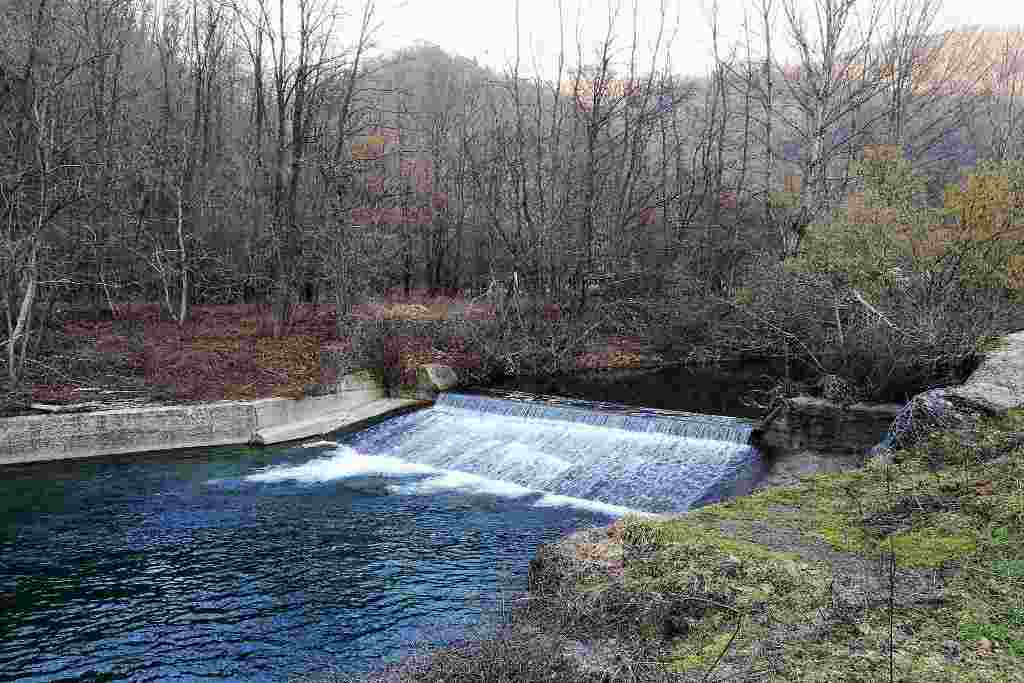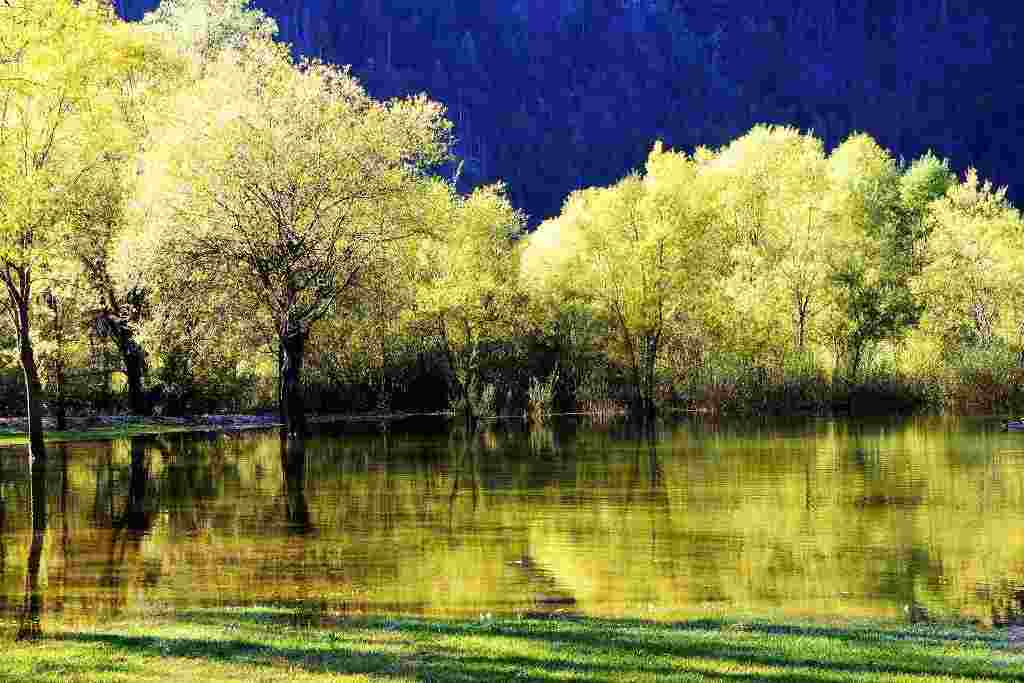In this road you will discover places, woods, landscapes of unique beauty. Climbing from Pistoia, in the summer, as soon as the woods begin you find yourself immersed in a lush nature. The city’s afa gives way to a delicious temperature that entices you to walk on the paths in the middle of the woods. Continuing towards the Waterway forest, you will encounter various types of forest, first those of oaks, then beech and chestnut. At the beginning of the last century, Douglas fir was planted in the area similar to our fir sprung but growing much faster and has very deep roots that prevent landslides.
These woods are spectacular, dark, with the undergrowth almost absent altogether and the kests soaring straight to the sky. Continuing even before you arrive at the village of Monachino, you can find beautiful firs and meadow clearings or pasture where it is not difficult to see herds of deer grazing quietly. The area is called the Cantagallo Waterriserva, and is a protected area of the Tuscany region.
In this area you can also find other species of animals such as roe deer, wild boar, fox, squirrel, hoist and many species of birds such as cuckoo, buzzer, woodpecker woodpecker, finch and even reptile species such as the viper or the orbettino. In the Limentra stream, free from any pollution you can also find freshwater shrimp, almost disappeared from our streams. Even the wolf, which is not easy to see, after decades of absence has returned to these places probably recalled by the strong presence of wild boars.
There are several very comfortable hiking or trekking trails, routes without particular difficulties, suitable also for elderly people and children in which to walk quietly through the woods enjoying nature in every season. Particularly suitable for the winter for the refrigeration it offers, but also beautiful in winter especially with snow.
Continuing on this path you begin to find small villages, the first is the Monachino, where the church is the building that you meet first and then you will find the village that unfortunately winter is completely deserted, except for the inn that is open on Saturdays and the Sunday. In summer it is a very welcoming village with all its open houses and flowering plants at every window, short, garden. And unfortunately this is the trend of these small countries that are located in the Limentra valley, not only here, but also in many other areas of the Tosco-Emiliano Apennine. The population always decreases in number from year to year and often only the old ones remain. Young people descend on the downstream cities in search of work. In these mountains there is nothing and even the activities that were in these valleys were closed.
For example, in Lentula, there was a mineral water bottling plant called “Lentula”, which employed about twenty people in the country and neighbouring countries. Years ago this activity was closed and was a serious damage to the economy of these areas. There are some restaurants left, but some have closed, for lack of customers. Small food shops that are gradually gone one by one and a lot of people have come away. Someone goes back to the old house on weekends or for the summer holidays. For those few who have not gone away, there is only the cutting of wood, the collection of chestnuts and the production of chestnut flour that happens, as in the past centuries, drying the chestnuts with fire for about 40 days in the small dryers that is not to found in chestnuts.
It would be really nice if these traditions were discovered by today’s generations, in addition to the metathto for chestnuts, someone, increasingly rare, still makes coal with coals and especially at the end of the summer you can see these great pires of smoking wood, while inside consuming the wood, remains the charcoal that is then used for heating in the winter months.
Lately some associations have started to propose walks on the paths of the Aquerino or trips to the mountains, to some shelter, but they are few and sporadic and are not much advertised.
Unfortunately, this area of the Apennine Tosco Emiliano is little known and appreciated. The road to travel really entices little to visit these mountains. It is full of potholes and lack of horizontal signage, and can become really dangerous in case of fog that in winter is frequent in these areas. Maintenance has been absent for years, and if it is already dangerous in summer due to overhangs, potholes and narrowing of the roadway, the difficulties increase dramatically in the winter months due to the fog and cold that turns the roadway into a dangerous slab of ice. So mountain lovers also prefer other areas better preserved and with more calls for tourists.


